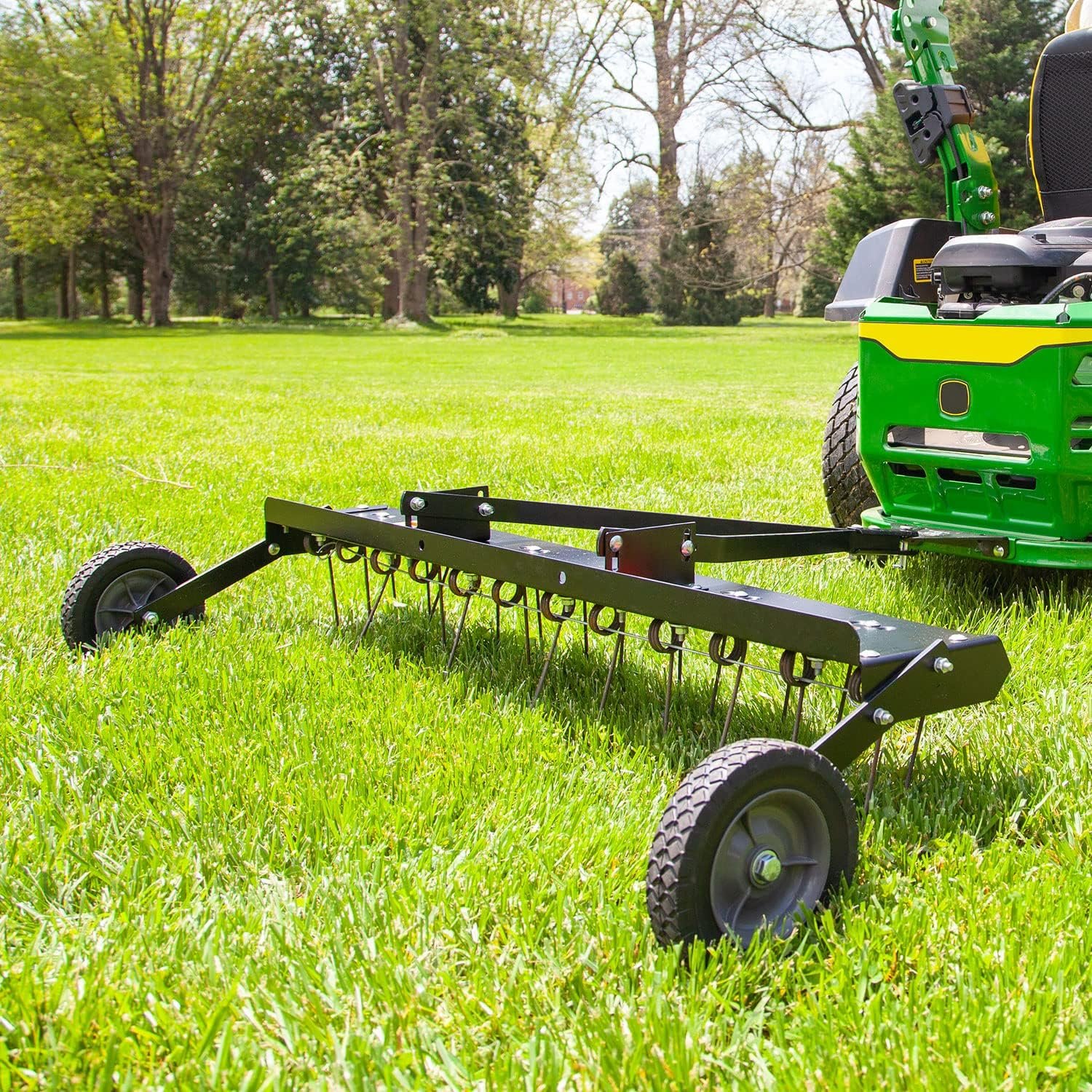Early September is the time to take care of your lawn before the winter.
Apply broadleaf weed control during the fall while the weeds are still actively growing. Such applications will target both established weeds as well as new weeds that germinated and grew in your lawn since spring.
Since fall weather favors desirable, cool-season grasses, it is also a good time to lay down sod or re-seed. If you are re-seeding, use a blend of hybrid grasses that have disease resistance. If you use sod, it is typically already grown using these hybrid varieties.
Soil preparation is very important to successfully grow grass from seed and makes sod knit into the soil much more easily.
If you are re-seeding bare areas, work up the soil to relieve any compaction and add new dirt to low spots that promote disease. Since such a seed bed is ideal for lawn seed, it may also promote weed growth. Do not worry about weeds until next year. Your goal is to get the lawn seed established.
The same kind of preparation should be done for sodding. While weeds will not be a major problem as the sod keeps the seeds in the dark and keeps them from germinating, a few may grow between the rolls of sod and at the joints. A starter fertilizer that contains phosphorus will encourage root development and can be worked into the soil prior to seeding or sodding.
Water plays a key role in establishing seed and sod. Seed beds need to be kept moist throughout the germination process, but should never puddle in a new seeding. Southern and western exposures will need more water than northern or eastern exposures.
It can take a week or more before you see the signs of seed germination, so don't give up. If you are using sod, the soil under it should always be moist but should not sink if you walk on it. The sod should start to grow roots within a few days. Sod and seed will need to be watered for an undetermined period based on your local weather conditions until it is established.
New seedings and sod should be mowed with a sharp blade before the grass gets too long. In most cases, suspend watering for one day before mowing to firm up the soil. Afterwards, resume watering as needed. A new lawn should be mowed at least three to four times before the weather turns cold, and mowing more than that is even better to ensure that it survives the winter.
If your lawn is in good shape, follow the routine kinds of fall lawn care. Continue mowing until the weather gets too cold, rake or blow leaves into the shrub or perennial beds for mulch, and apply a 'winterizer' fertilizer to condition the lawn for the winter weather.
By taking care of your lawn this fall, you will be rewarded with a great-looking lawn next spring.

